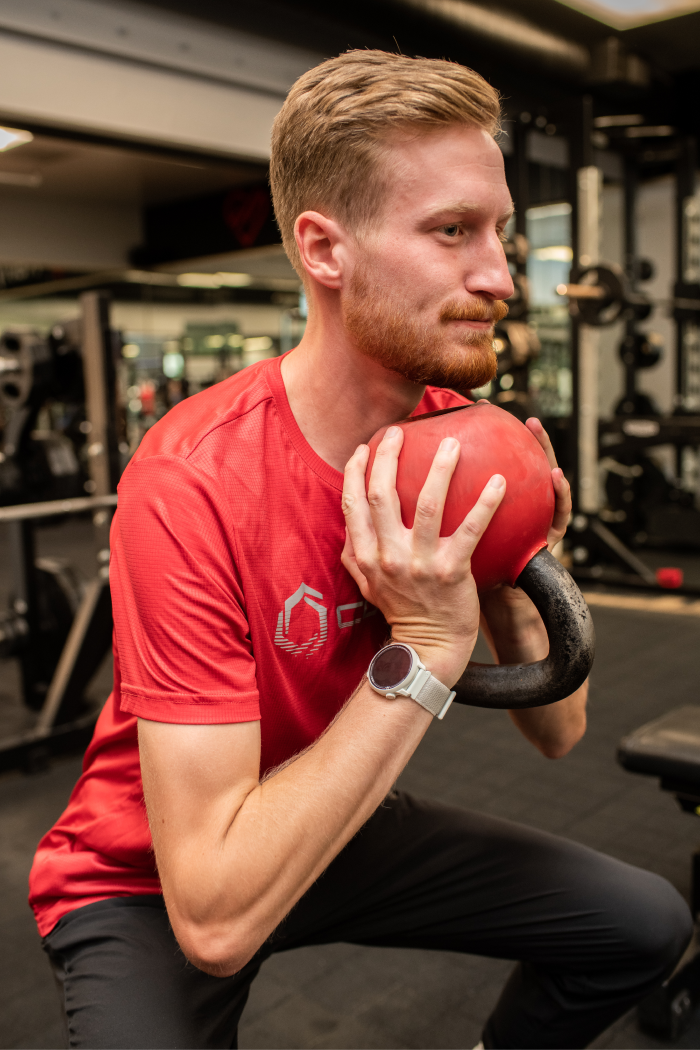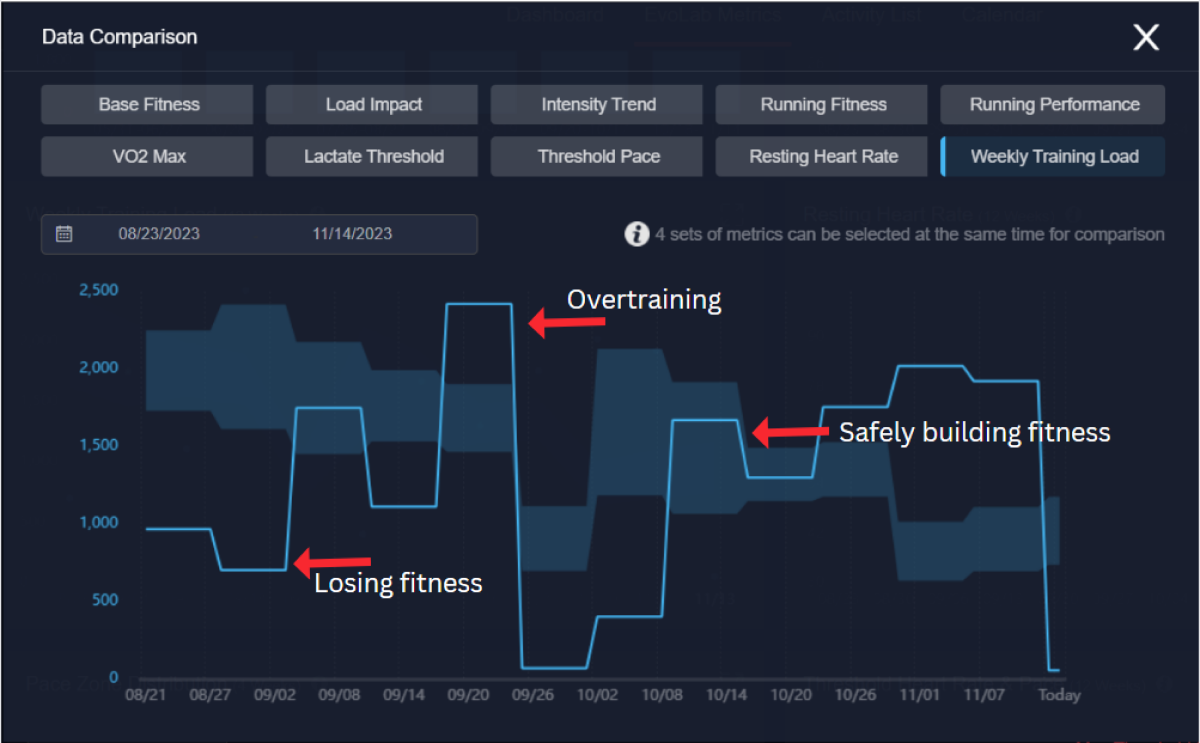Diversifying your training goes beyond logging miles on the road or trail. Incorporating eccentric and isometric exercises at any stage of your training can help improve your running performance. These often-overlooked training methods can target essential aspects of strength, stability, and injury prevention.
COROS Coaches explore the benefits of these exercises and how to incorporate them into your training routine without the risk of overtraining.
Eccentric vs. Isometric Exercises
Eccentric and Isometric exercises each offer distinct benefits to athletes, and incorporating them into a workout will vary based on training goals, individual needs, and the stage of training.
- Eccentric Exercises: Help build muscle strength and control during lengthening, reducing the risk of muscle strains and injuries while also improving deceleration during downhill running and sprinting.
- Bicep curls, Squats, Split Squat, Deadlift
- Isometric Exercises: Contribute to joint stability and muscle endurance, ensuring proper form and reducing overuse injuries during long-distance runs.
- Planks, Hip Bridges, Wall Sit, Push-up

The squat press is an example of an Eccentric Exercise.
Full Body Workout
Here is a 30-minute strength workout that you can download from our COROS Workout Library:
- Full Body Workout: This workout will be a combination of bodyweight exercises and the use of resistance bands and weights. How you perform Eccentric vs. Isometric exercises will be different. The chart below helps to break it down.
| Exercise Type | How to perform exercise | Equipment |
| Eccentric | Lower down slowly counting to 4, and drive back up fast | Bodyweight, Resistance bands or Weights |
| Isometric | Hold for a 5-30 second count (time will vary depending on the exercise) | Bodyweight |
Remember to start gradually, ensuring proper form and technique, and progressively increase the intensity and volume of these exercises as your body adapts.

Example of an eccentric exercise - weighted squat.
What are the Training Benefits?
- Eccentric exercises, which involve controlled muscle lengthening, help reduce the risk of muscle strains and injuries.
- Isometric exercises enhance joint stability and muscle endurance, reducing the likelihood of overuse injuries.
If you are concerned about the risk of overtraining from adding strength training to your training plan, a metric that you can reference is your Training load. This metric helps to monitor the amount of stress that you are putting on your body and how to plan your upcoming weeks of training

Example of an athlete's Training Load for 12 weeks of training.
More Questions?
If you have questions about incorporating this type of workout into your training, email us at coach@coros.com, and we will be happy to share insights!

/filters:quality(90)/fit-in/970x750/coros-web-faq/upload/images/0de7816c7f8bee1100e43cfd3161a827.png)





